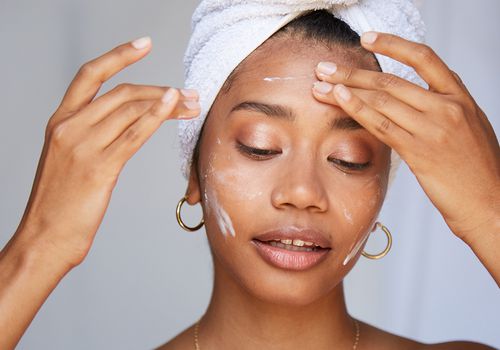
Unlike some of the questionable acne remedies found on the Internet, an exhaustive amount of research exists to support salicylic acid as an effective acne treatment, which is why this is probably not your first time hearing about the ingredient. If you’ve ever dealt with acne, we’d be willing to bet you’ve even tried a salicylic acid-based product before. But because acne is a very complicated topic, there is no one-size-fits-all solution when it comes to treating it.
So to find out if salicylic acid will work for you, your skin type, or your type of acne, you first have to understand how it works. We took all our questions about salicylic acid straight to the experts to find out what makes the ingredient so impressive and how it contributes to clear skin.
Meet the Expert
- Ellen Marmur, MD, is a dermatologist at Marmur Medical and MMSkincare in New York City.
- Adarsh Vijay Mudgil, MD, is a dermatologist based at Mudgil Dermatology in New York City.
Keep reading to see what they had to say about all things salicylic acid.
Salicylic Acid
Type of ingredient: Exfoliant
Main benefits: Sloughs off dead skin, removes excess oil, and reduces whiteheads and blackheads.
Who should use it: In general, those who have oily skin and are looking to treat superficial acne, like whiteheads, blackheads, and small red pimples, according to Mudgil.
How often can you use it: Marmur says salicylic acid should be used in moderation until you know your skin can handle it without irritation. If your skin tolerates it, you can increase the frequency to twice a day, unless you know you'll be getting direct sun exposure, then it should only be applied at night.
Works well with: Marmur recommends using the acne ingredient along with ingredients that soothe the skin, like Canadian willow herb, and calm any irritation that the salicylic acid could potentially cause.
Don't use with: Although salicylic acid can be combined with other exfoliating ingredients, Mudgil says that in order to avoid irritation, it's best to stick to only one exfoliant at a time.
What Is Salicylic Acid?
In the world of exfoliants, you’ve got more than a few options to choose from based on what your skin needs. Salicylic acid, an ingredient extracted from willow tree bark, is one type of chemical exfoliant called beta-hydroxy acid (aka BHA). Before explaining exactly how salicylic works, here’s a quick refresher on how breakouts form: when bacteria, debris, sebum, and dead skin cells mix together, a clog forms inside your pores. Unlike the chemical exfoliants called alpha-hydroxy acids (AHAs), which are water-soluble and ideal for surface exfoliation, salicylic is oil-soluble, which makes it capable of cutting through oil and exfoliating deep within your pores to remove blockages.
Marmur explains it further: "It works by increasing the amount of moisture in the skin and dissolving the substance that causes the skin cells to stick together. This makes it easier to shed the skin cells." It now makes sense why the ingredient is a longtime favorite for those with oily, acne-prone skin, right?
You might be most familiar with salicylic acid as an acne spot treatment, but the ingredient is also found in many other forms, like cleansers, toners, serums, and peels, which can all be beneficial to the skin in their own right. “Each vehicle uses salicylic acid in its own special way and is targeted for certain use in specific people, depending on their skin issues,” Marmur explains. The caveat is that some cleansers, peels, and toners can be too harsh, according to Marmur, and should be avoided.
Benefits of Salicylic Acid
Thanks to its unique properties, salicylic acid is used to treat a range of skin conditions outside of acne, from warts to dandruff. Here's a breakdown of exactly how salicylic acid works to benefit the skin:
- Exfoliates dead skin: Marmur points out that salicylic acid is a keratolytic, and as such, it encourages cellular turnover and helps to slough off dead skin cells, which in turn can improve skin dullness and texture.
- Softens the contents of clogged pores: The oil-soluble ingredient is able to penetrate the pores, loosen the “glue” that causes the skin cells to stick together, and remove the contents of clogged pores that lead to superficial acne, like whiteheads, blackheads, and small red pimples.
- Removes excess oil: Marmur says since salicylic acid is oil-soluble, it can penetrate beneath the skin’s surface to clean out excess sebum from the pores and reduce oiliness. This can, in turn, also lead to an improvement in the appearance of pores.
- Prevents whiteheads and blackheads: Not only does salicylic acid treat existing breakouts, but Marmur also says because salicylic acid targets whiteheads and blackheads directly, it prevents them from returning to the surface level of your skin.
- Combats acne: Because it is lipophilic, salicylic acid can penetrate deep into pores to prevent acne from forming in the future.
- Minimizes pores: As an astringent product, salicylic acid can tighten the skin, thereby reducing the appearance of pores.
- Available over-the-counter: Unlike some super skincare ingredients, salicylic acid products are available in most beauty and drugstores.
- Reduces inflammation: As Marmur points out, salicylic acid belongs to the same class of drugs as aspirin (salicylates). Because of salicylic acid’s anti-inflammatory properties, it helps to address irritation and redness related to breakouts.
Salicylic Acid vs. Benzoyl Peroxide
One ingredient that rivals salicylic acid’s popularity in the OTC acne treatment department is benzoyl peroxide. But this ingredient takes a different approach when targeting breakouts. While salicylic acid removes pore blockage, benzoyl peroxide is an antibacterial ingredient that kills the acne-causing bacteria inside the pores. Infamous for bleaching pillowcases and towels, benzoyl peroxide is also less suitable for sensitive skin than salicylic acid, as its drying properties can lead to flakiness and irritation.
Side Effects of Salicylic Acid
According to Mudgil, salicylic acid is best suited for those with oily skin and superficial acne. For those with dry, eczema-prone, or sensitive skin, the drying ingredient could be too harsh and lead to irritation.
Marmur says that some of the most common side effects of salicylic acid include dry, burning, and overall irritated skin in the areas of application but adds that these side effects are more common at the start of treatment and should not continue. "If they continue or get worse, you should definitely contact your board-certified dermatologist to let them know how your skin is reacting," Marmur says.
Additionally, Marmur says salicylic acid can make your skin more sensitive to sunlight and cause sunburn easily. Although you should always protect your skin from the sun, it’s especially important when using salicylic acid to limit your sun exposure as much as possible and always use and reapply sunscreen.
How to Use It
The recommended concentration of a salicylic acid product varies from person to person and should be discussed with your dermatologist, and the same applies to how often you use a salicylic acid treatment. In general, Marmur says to use salicylic acid in moderation until you know your skin can tolerate it. Start off applying it every few days, and take note of how your skin reacts after each application. "The key is to listen to your skin," Mudgil advises. "If it's getting irritated, you'll need to take a day or two off and perhaps be a bit more vigilant with moisturizing." As far as the amount used, Marmur stresses the importance of following the direction of your doctor. "Don’t do more or less, and don’t use it for longer than recommended," Marmur says. "Apply just enough salicylic acid to cover the affected area and rub it into the skin gently."
Although salicylic acid is a common ingredient that’s easily accessible and found at the drugstore, a lot of variables are at play when it comes to using the acne-fighting ingredient to treat breakouts, so it should still be approached with caution. According to Mudgil, the use of salicylic acid depends on one’s skin type, the underlying indication, and how severe the acne is. While salicylic acid is a reliable option for treating superficial acne, Mudgil says prescription medications, like oral treatments, may be necessary for targeting cystic acne, so it’s best to have a derm evaluate your skin to decide which treatment would be most effective. “Incorporating salicylic acid isn’t a ‘one size fits all’ situation,” Mudgil says. “It’s best to work with your dermatologist to optimize your regimen.”
The Best Products With Salicylic Acid
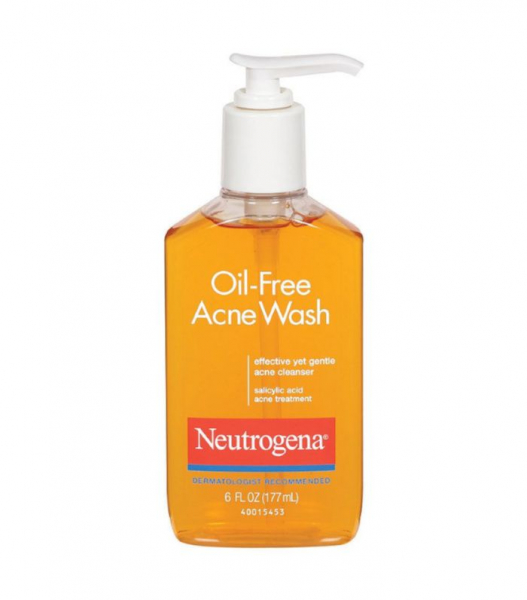 Neutrogena Oil-Free Acne Wash $10.00
Neutrogena Oil-Free Acne Wash $10.00
If you have oily skin and you're looking for a budget-friendly option, both Marmur and Mudgil recommend this classic favorite cleanser, which uses 2 percent salicylic acid to wash away dead skin cells. Dealing with back acne? You can also use this face wash as a cleanser for pesky body breakouts.
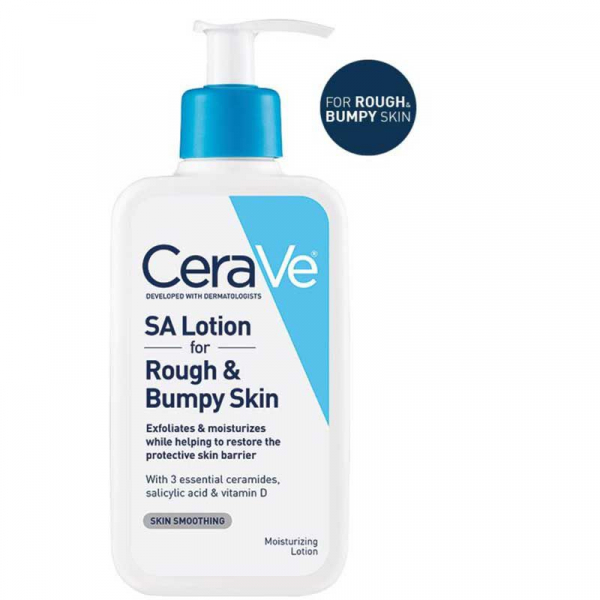 CeraVe SA Lotion for Rough & Bumpy Skin $19.00
CeraVe SA Lotion for Rough & Bumpy Skin $19.00
If texture is your main skin concern, Marmur suggests this moisturizing cream, which also contains ceramides, hyaluronic acid, and niacinamide. “The cream is salicylic acid-based and can aid in hydration for dehydrated skin,” Marmur says. “It can also improve the texture of your skin.”
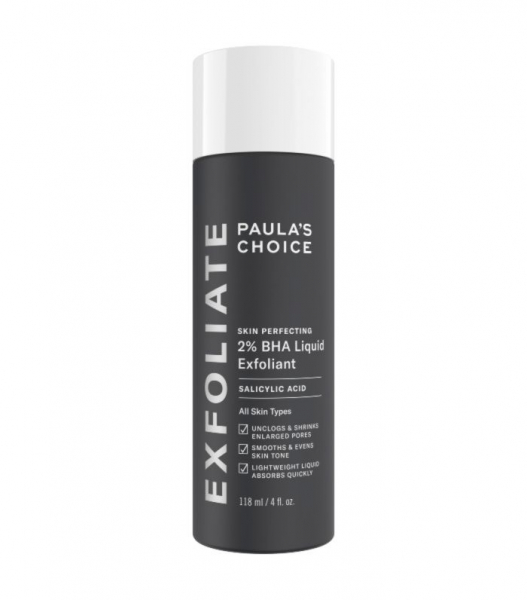 Paula’s Choice Skin Perfecting 2% BHA Liquid $10.00
Paula’s Choice Skin Perfecting 2% BHA Liquid $10.00
This exfoliating liquid might be simple, but it’s effective. It relies on 2 percent salicylic acid combined with soothing camellia oleifera leaf extract (green tea) to treat a number of skin concerns, like dullness, wrinkles, and acne. Not only is it one of Byrdie’s favorite salicylic acid treatments, but it’s also the top-selling product by Paula’s Choice. Are you sold yet?
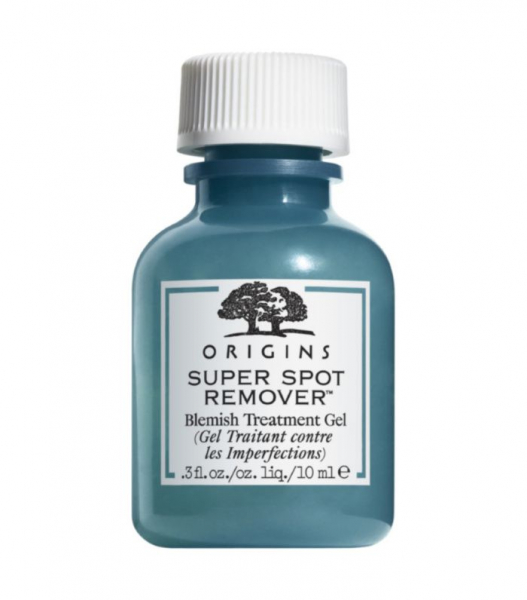 Origins Super Spot Remover Acne Treatment Gel $19.00
Origins Super Spot Remover Acne Treatment Gel $19.00
For the days when you wake up to find a spot has popped up on your face, turn to this acne spot treatment gel. It’s a Byrdie favorite because it contains 1.5 percent salicylic acid, witch hazel, and other plant extracts to not only fight blemishes but also fade the spots.
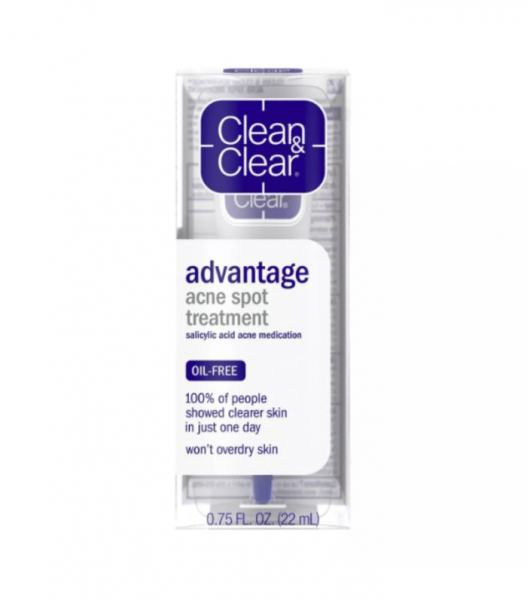 Clean & Clear Advantage Acne Spot Treatment $7.00
Clean & Clear Advantage Acne Spot Treatment $7.00
If you're on the hunt for a more affordable spot treatment, try this classic drugstore option, which uses 2 percent salicylic acid and witch hazel to reduce oil and superficial breakouts.
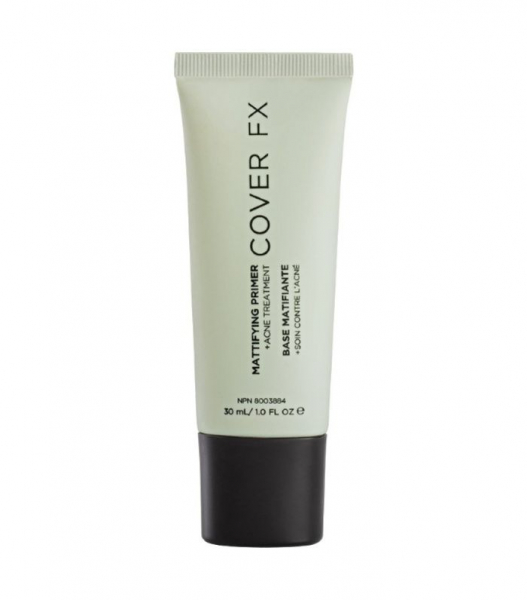 Cover FX Mattifying Primer + Acne Treatment $38.00
Cover FX Mattifying Primer + Acne Treatment $38.00
This Byrdie-approved primer doesn’t just make your foundation look more matte—it also contains salicylic acid to gently buff away the top layer of dead skin cells throughout the day.
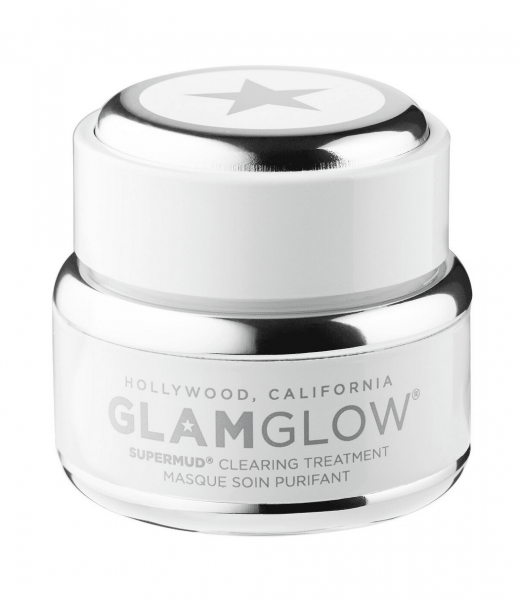 Glamglow Mini Supermud Charcoal Instant Treatment Mask $25.00
Glamglow Mini Supermud Charcoal Instant Treatment Mask $25.00
If your skin can tolerate multiple exfoliants, try Glamglow’s cult-favorite mask made with charcoal and a combination of AHA and BHAs. Byrdie editors especially love it for targeting pimples, stubborn blackheads, and oily T-zones.
FAQ
- Is it okay to use salicylic acid every day?
While it is okay to use salicylic acid every day, it could cause irritation. Many dermatologists, therefore, recommend using the acid in moderation, beginning by applying it three times a week and working up from there.
- Can salicylic acid dry the skin out?
Yes, which is why it's best to start in moderation and combine it with a more moisturizing product, like a lotion.
- Can too much salicylic acid be a problem?
If you have a persistent breakout that doesn't clear up even when using salicylic acid, it's possible the ingredient could be contributing to the problem. Talk to a dermatologist if the problem persists.
Article Sources Byrdie takes every opportunity to use high-quality sources, including peer-reviewed studies, to support the facts within our articles. Read our editorial guidelines to learn more about how we keep our content accurate, reliable and trustworthy.
-
Lu J, Cong T, Wen X, et al. Salicylic acid treats acne vulgaris by suppressing AMPK/SREBP1 pathway in sebocytes. Exp Dermatol. 2019;28(7):786-794. doi:10.1111/exd.13934
-
Decker A, Graber EM. Over-the-counter acne treatments: a review. J Clin Aesthet Dermatol. 2012;5(5):32-40.
